

The car is going to need a 12V electrical system for:
We did briefly looking at a 24V or 48V system but this adds too much complexity and cost. There are simply more standard components for 12V vehicles.
The OSSEV® and the MX-5e both feature a fairly regular 12V battery. The main difference between it and the one used in most cars is that it is smaller and lighter as it has less work to do. There are no heavy engine starts required.
The 12V battery is looked after by the dc-dc converter but the Driver Control Unit (DCU) is also monitoring the battery voltage.
In the MX-5e, we have moved the 12V battery into the engine bay. This results in much shorter wiring runs and means we can save more weight in the wiring loom.
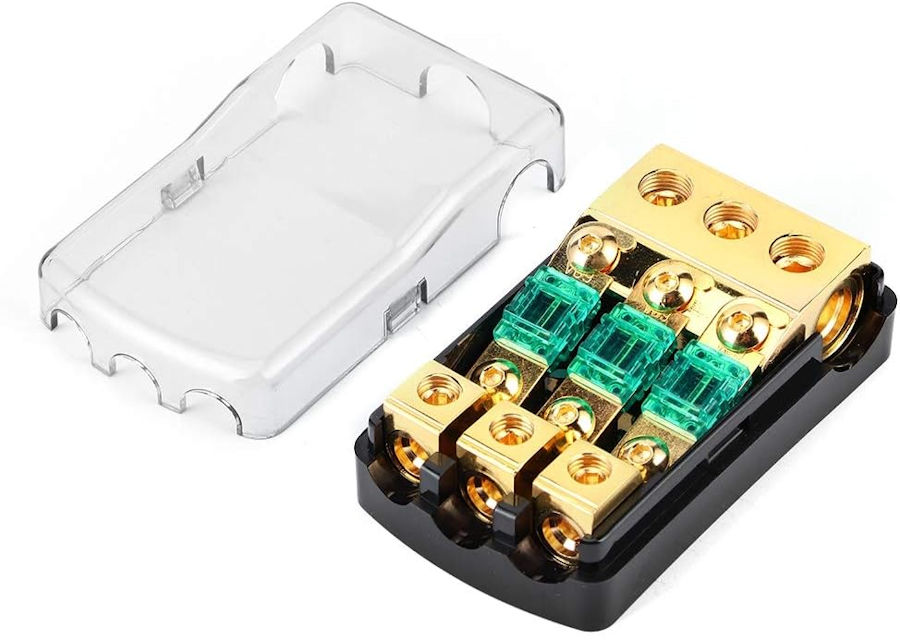
For the high current (above 30A) fuses, we are using three ANL fuses in a 3-way fuse holder/splitter. These are used to connect the 12V battery to:
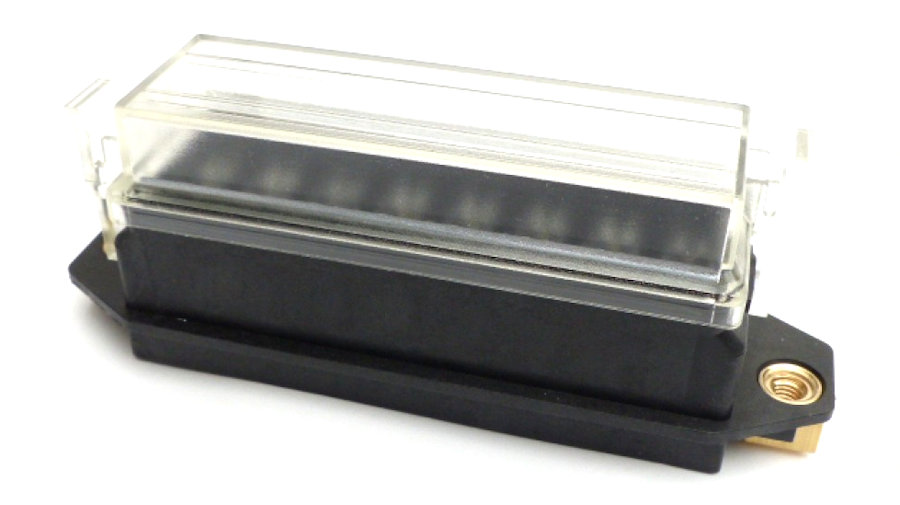
There will be several 8-way blade fuse boxes, one with a permanent connection to the 12V battery and another powered via the 'ignition'. These use standard blade fuses with 6.3mm male blade connections underneath. They have a transparent cover with a seal for moisture protection, use 5mm mounting holes and fit into an aperture 27 × 88mm.
This sits inside the engine bay:
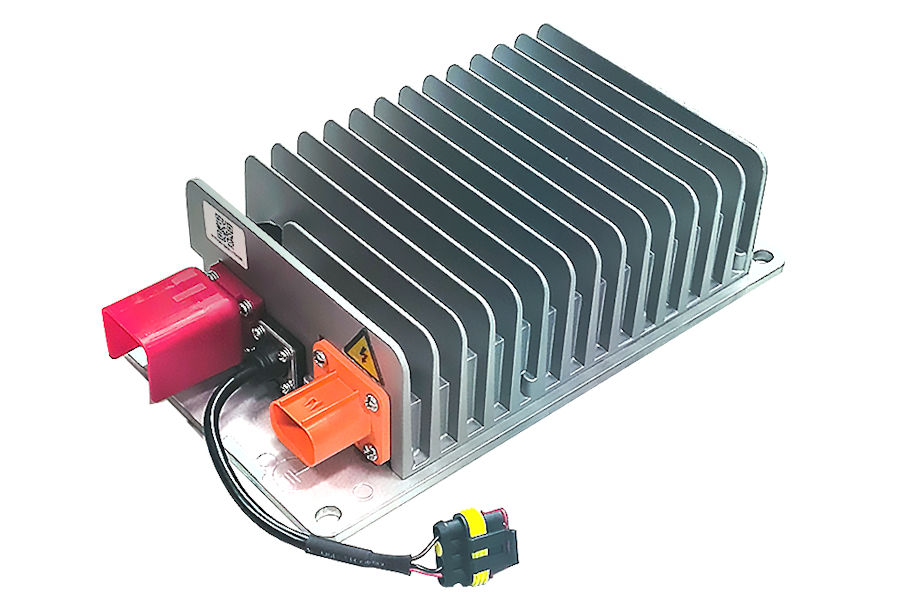
12V power is derived from the main battery using a dc-dc converter. This basically takes the high voltage battery input and outputs a regulated 12V dc. Because it potentially needs to provide quite high currents, the dc-dc converter needs cooling.
Most dc-dc converters use a simple 12V logic signal to enable them but they also have a CAN Bus interface for monitoring of things like voltage, current and temperature.
The dc-dc converter will be specified to accept a range of voltage inputs, so it needs to be matched to the battery voltage.
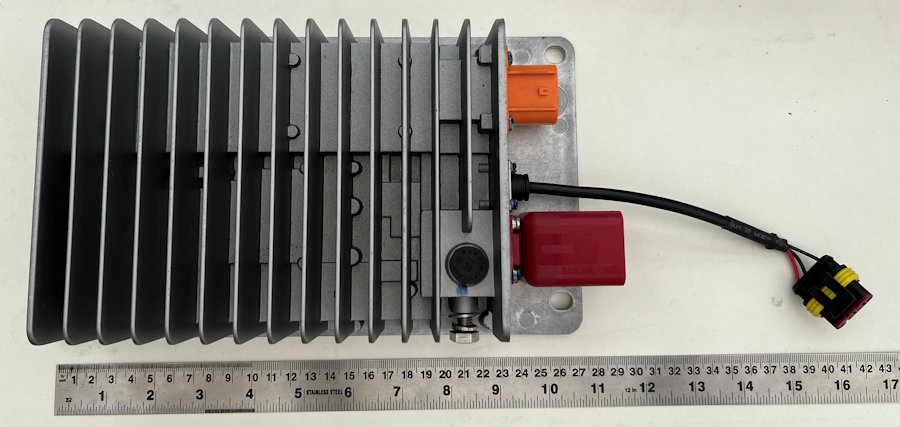
In the MX-5e we are using the this dc-dc converter from Fellten. It provides a constant 14.0V dc output and is rated to 72A (1.0KW). It is air-cooled (it has fins) and should be mounted in a place where air will flow over it. It is overkill for our application and is connected to the 12V battery via a 60A fuse on the 12V side. It is activated by applying a 12V to the activation line (pin 1 of the signal connector), so we are doing this via the ignition key. The 12V battery will not be supervised when the vehicle is not in use but, we have an external trickle charger connector to do this.

A standard 12V battery is charged from the dc-dc converter. Because the battery is used for a lot less things in an EV, the 12V battery used can be smaller and lighter. In our MX-5e we are using Yuasa YTX12-BS 10Ah motorcycle battery which weighs 4.2kg, compared to the 11.4kg battery it replaced.

All high current items on the 12V circuits are switched via relays. This includes the dipped beam and main beam headlight, the horns, the cooling pumps, etc. Clever wiring design will use relays to shorten the length of high current wires required, using thinner and lighter wires to remotely control a relay. The control of the headlights is a classic example of this.
Relays enable complete electrical isolation and ensure there is no unwanted drain on the 12V battery. Relays don't have to use a 12V coil. The Driver Control Unit (DCU) will be using relays with 5V coils to control things like the daytime running lights.
We are currently using basic 40A relays for:
We are currently using change-over relays for:
The precharge also uses a relay but this is located in a different location.
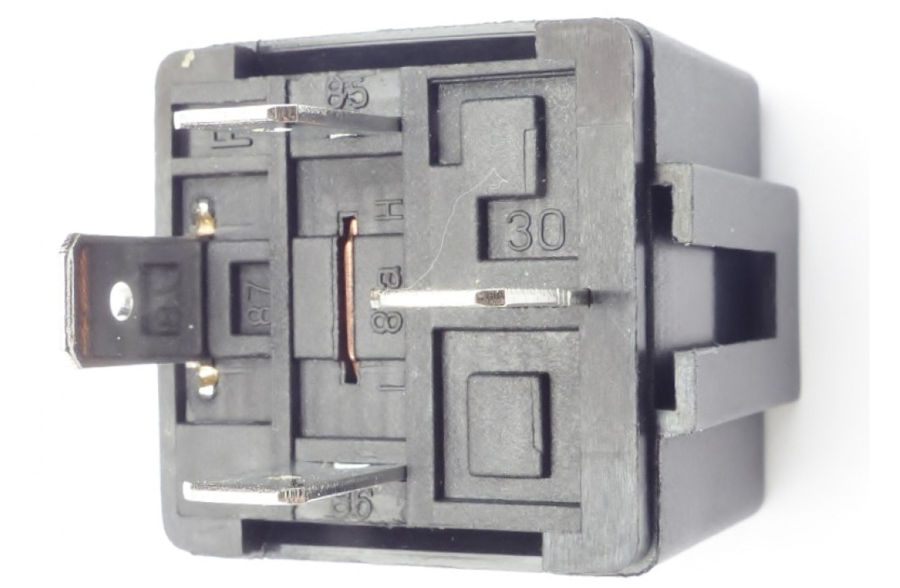
The main type of relay used is a simple 4-pole, 40A, 12V, normally open (NO) relay. These typically have terminals labelled 30, 85, 86 and 87.
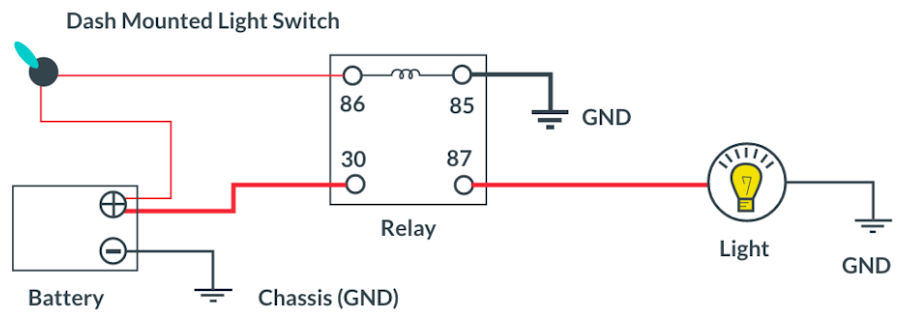
They would typically be wired like this.

The OSSEV® will feature a powerful two-tone horn, powered via a high-current relay. Operation will be via the steering wheel central button. We are fitting these Hella S90 twin horns to the MX-5e.
The horns are earthed locally in the engine bay using 1mm² (16.5A) cable and fed via a 1mm² green/red wire from the relay and a 1mm² green/white wire from the fuse box to the relay. The wire from the horn switch to the horn relay is 0.5mm² green cable.
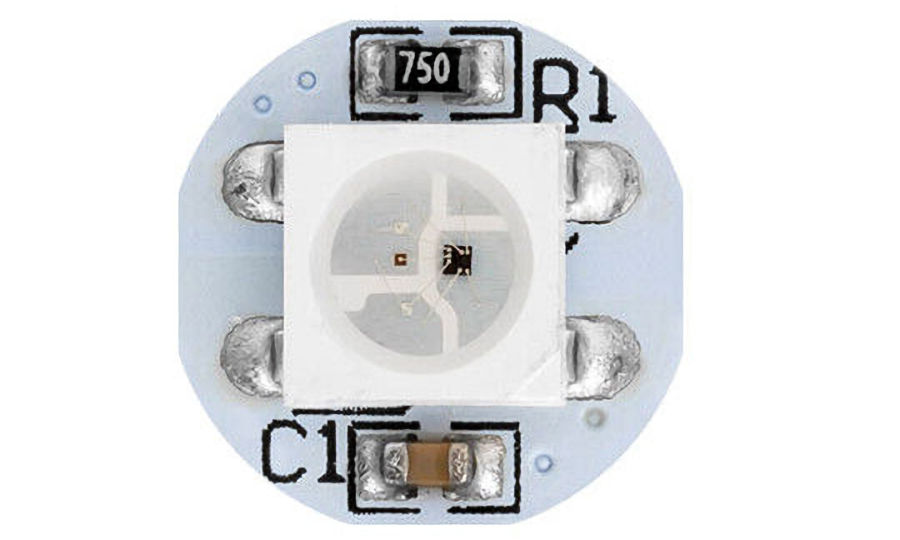
The DCU directly controls the interior and ambient lighting in the cabin and it is personalised to each driver profile. The ESP32 communicates with a number of WS2812B 5050 RGB LEDs via a 3.3V signal. The LEDs need a 5V power supply and this is provided via the ignition key, with a dc-dc converter providing the required 5V power.
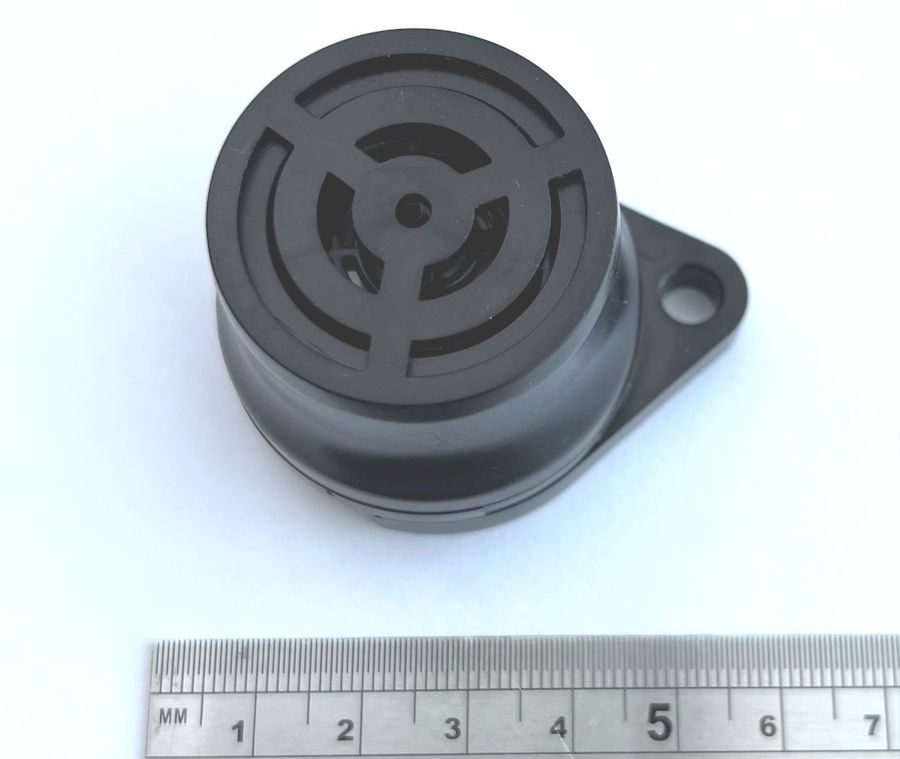
EVs are quiet. You often need something to warn pedestrians that you are there without resorting to the very loud horn. We are fitting a sounder/buzzer that beeps loudly but intermittently and this is controlled by a latching switch on the dash. It is 12V and uses just 0.3A and weighs just 28g. It has two 6.3mm spade terminals on the back, one male (+ve) and one female (-ve).
We have used a constant tone buzzer and a 2-pin flasher unit to get it to 'beep' intermittently via the dash switch. The main reason for this is that it is also connected to the central/remote locking and this requires an 'always on' buzzer.
A vacuum pump is often required to drive power steering and brake assistance. Since we don't plan to have power steering and are using an iBooster for the brake assistance, we don't need a vacuum pump in either the MX-5e or OSSEV®.
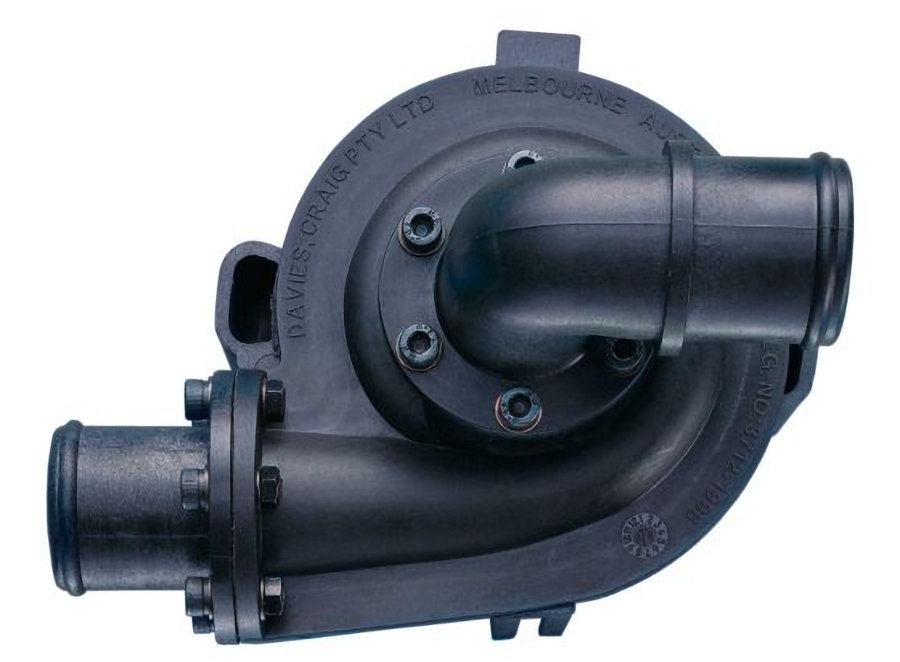
A Tesla electric water pump is used to pump the coolant around the cooling system. The the pump is intelligently controlled by the Driver Control Unit (DCU) our Tesla pump speed controller.